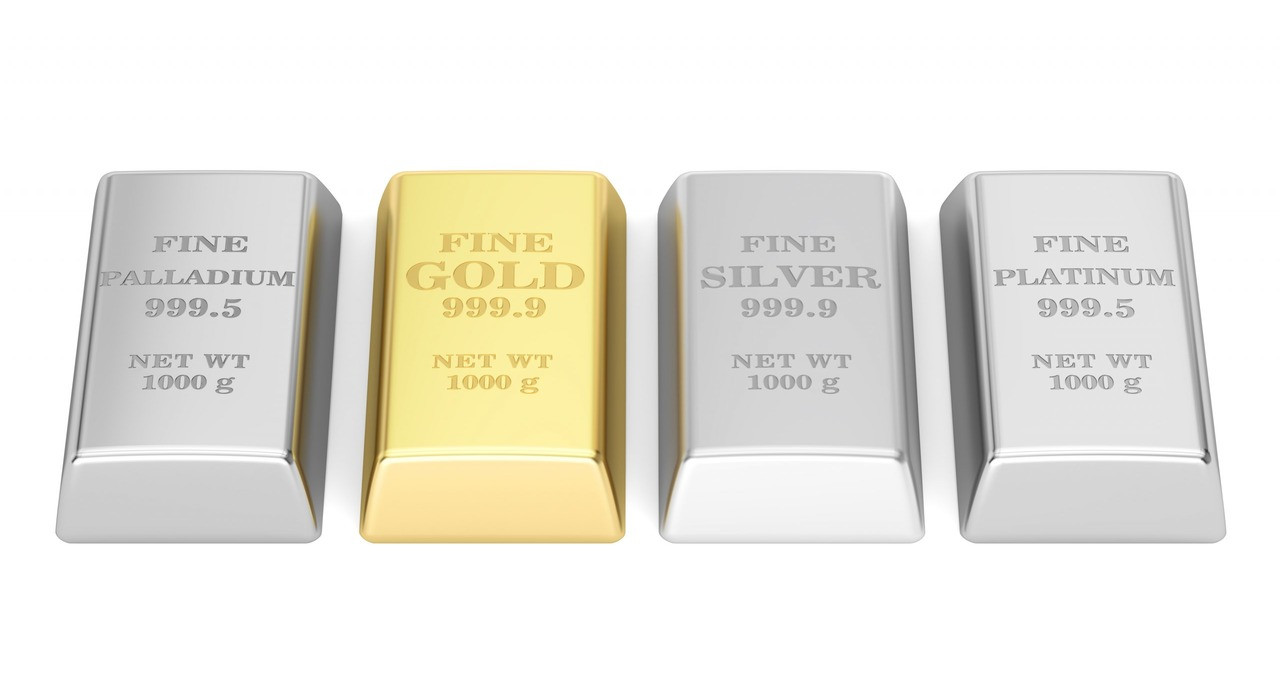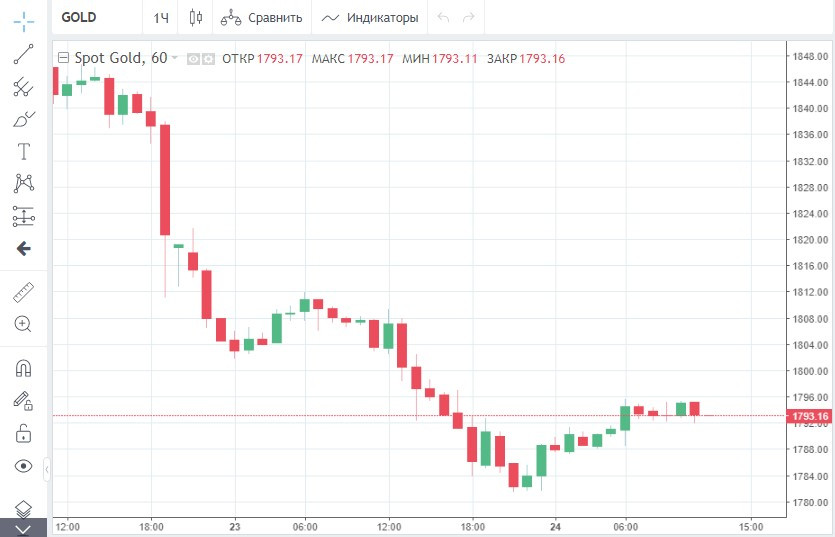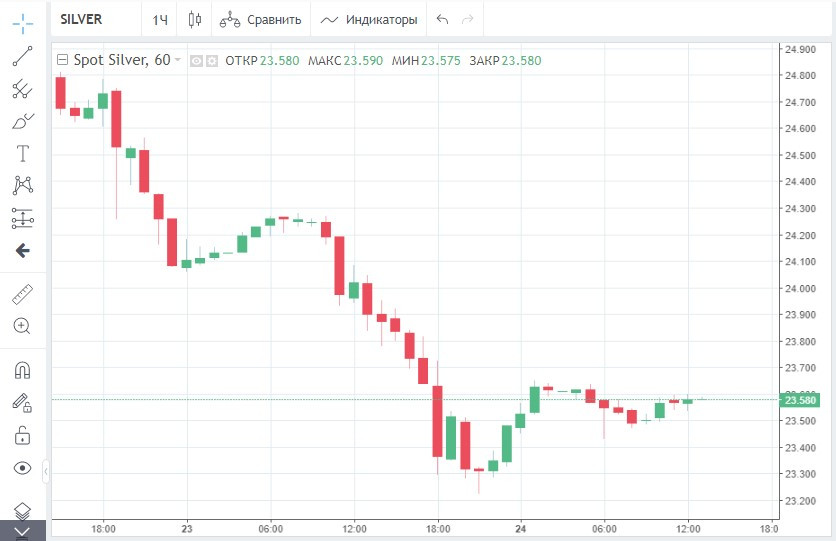
Gold prices have fallen nearly $100 since reaching a 5-month peak of $1,876.90 last week. The metal has been trading below the key $1,800 mark since yesterday.
On Tuesday, investors were digesting the possible appointment of Jerome Powell for a second term as head of the US Federal Reserve.
After he was supported by President Joe Biden, markets heightened their expectations that the central bank could accelerate the pace of monetary policy normalization to manage rising consumer prices.
The prospect of an earlier interest rate hike boosted the dollar and US Treasury yields at the start of the week. Against this background, gold collapsed sharply on Monday, losing 2.4%. This is the biggest percentage decline since August 6.
In yesterday's trading, the bullion continued to remain under strong dollar and yield pressures, resulting in a further slide. The gold fell 1.2%, or $22.50, breaking a 3-week low. Gold ended the session at $1,783.80.

Other precious metals also showed a steep plunge. Silver was down by 3.6%, or 86.6 cents, hitting a 3-week low of $23,435.

Platinum was down 5%, or $50.90, to $964.20. But the biggest outsider was palladium, which fell 5.1%, or $100.30, to close at $1,850.30.
As for the main precious metal, it has already fallen in price for four consecutive sessions. This is the longest downward trend since the end of April. Analysts believe it is supported by rising US Treasury yields.
"Gold has been in a panic selloff over the last 48 hours and I would blame most of it on rising 10-year Treasury yields. As the yield curve gets steeper, gold futures do not respond kindly," Phillip Streible, chief market strategis, said.
The 10-year bond yield is currently trading at a one-month high at 1.66%. This is a very strong headwind for bullion. As we know, gold does not generate interest income unlike bonds. Therefore, as bond yields rise, the metal's attractiveness decreases, especially for investors who prefer a steady stream of profits.
Meanwhile, many experts are expecting a further rally in yields. The indicator will be supported by growing expectations that the US central bank will opt for a more hawkish approach to monetary policy.
The country's consumer price index hit a 30-year high in October. Some experts believe US officials will have to hike interest rates earlier to curb inflation.
As a reminder, the market is expecting the first rate hike in June next year. However, until the Fed announces a more specific timing, gold still has a chance to show growth as a hedge against inflation.
Ross Norman said it is "too early to write off gold." "Inflation still has legs to run, and there are COVID-19 restrictions in Europe once again. But the onus is on the bulls to prove their case and garner support, failing which the metal could drift lower again," he added.
In the coming days, investors in gold will be paying close attention to whether support remains in place at the 100- and 200-day moving averages, which are just below $1,800.
"If bears break through this key support region and secure a solid weekly close below $1777, this could signal further downside in the short to medium term," Lukman Otunuga said. English
English 
 Русский
Русский Bahasa Indonesia
Bahasa Indonesia Bahasa Malay
Bahasa Malay ไทย
ไทย Español
Español Deutsch
Deutsch Български
Български Français
Français Tiếng Việt
Tiếng Việt 中文
中文 বাংলা
বাংলা हिन्दी
हिन्दी Čeština
Čeština Українська
Українська Română
Română

